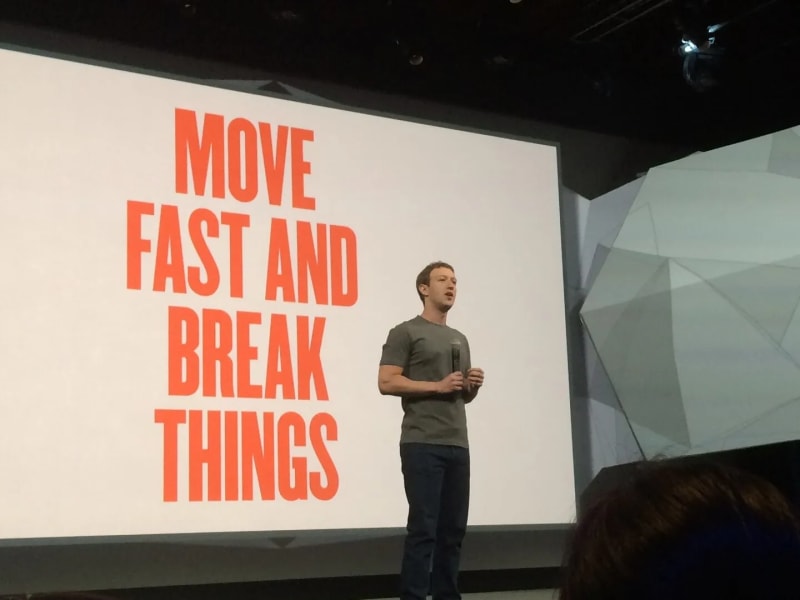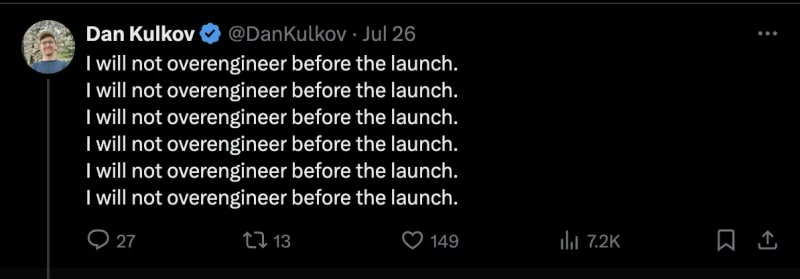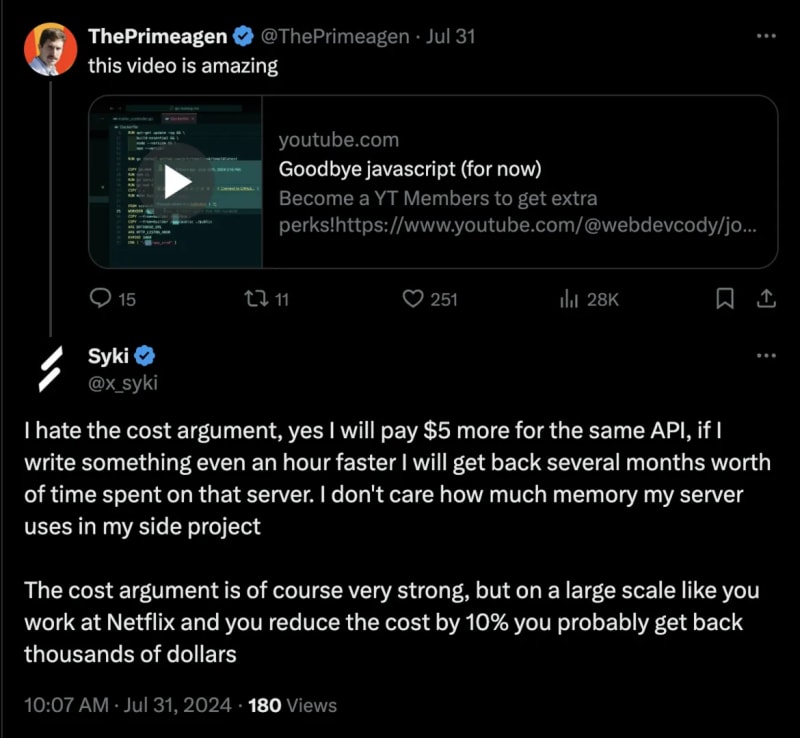Building a startup is akin to embarking on a thrilling yet arduous journey. Every startup begins with a spark of an idea and the drive to transform it into a tangible product. This blog narrates the journey of turning ideas into Minimum Viable Products (MVPs), drawing lessons from my experiences with various projects. Through these stories, I aim to illuminate the pivotal lessons that can guide aspiring entrepreneurs from conceptualization to the creation of an MVP.
Speed Over Perfection
One of the most critical lessons from my startup experiences was the necessity of speed. In the highly competitive tech landscape, particularly when developing a startup after regular work hours, rapid iteration is crucial. Competitors are likely working full-time, and the market does not wait. If a Proof of Concept (POC) cannot be developed within a week or two, or if an MVP takes more than a couple of months, it signifies either a flawed definition of these stages or an unrealistic idea. Simplification and focusing on core functionalities are vital. The market will guide further development based on real user feedback, not on preemptive, elaborate features.
The truth is Mark Zuckerberg was right when he said, "Move fast and break things.". He changed the motto to "Move fast with stable infrastructure.", becuase the company grew and the motto had to change. But the idea is the same, you have to move fast, you have to make mistakes, you have to learn from them and you have to improve.
Embrace Simplicity
In developing my projects, the temptation to over-engineer was strong. For instance, implementing Redis for caching blog posts when expecting a surge of users post-launch. In reality, such optimizations are rarely needed at the initial stage. A more pragmatic approach is to tackle existing problems rather than hypothetical ones. If the MVP is simple and efficient, adding complexity can be done incrementally based on user demand and observed bottlenecks. This not only speeds up initial development but also ensures resources are focused on actual user needs. As Paul Graham famously said, Do things that don't scale.
Prioritize Speed Over Cost
Cost management in startups is a delicate balance. While it is tempting to minimize expenses, doing so at the cost of development speed can be detrimental. This is particularly relevant for projects where the founder is also a programmer. Investing in resources that accelerate development is often more beneficial than cost-cutting measures that slow progress. Time is a critical asset in the early stages of a startup. For example, hiring a freelancer to handle non-core tasks or using paid tools to streamline development can free up time for core development, leading to faster iteration cycles and quicker market entry. The opportunity cost of saving money at the expense of development speed can be significantly higher than the financial expenditure itself.
The truth is that as technical founders we often want to prove to ourselves that we can do something from scratch, and it's great if we do a project to learn something. However, if we want to do a project that is supposed to make money and be great, doing things from scratch because they will be better than others or will be cheaper can kill our project.
Choosing the Right Team
The success of a startup often hinges on the founding team. Deciding whether to go solo or find co-founders is a crucial decision. Each approach has its advantages and challenges. Working solo allows for quick decision-making and a clear vision. However, for more complex projects, having a co-founder with complementary skills is indispensable. The key is to assess whether the idea can be realistically executed solo or if it requires a team. If the latter, finding co-founders who bring diverse skills and share the vision can significantly enhance the startup’s potential for success. This decision should also consider the founder's ability to raise funds or bootstrap the project.
Keys To Successful Co-Founder Relationships | Startup School
Start with the Simplest Possible Product
The experience with my notifier project underscored the importance of starting with the bare minimum. The first production version should focus on the core functionality—one that solves the primary problem without any frills. In this case, a simple node script would have sufficed to test the concept. If the idea gains traction, additional features can be introduced iteratively. This approach ensures that the MVP is launched quickly, feedback is gathered early, and unnecessary complexities do not hinder progress.
It always surprises me how many features can be cut from the initial version of a product. It's easy to get carried away with grand ideas, but the reality is that most users only need a fraction of the features we imagine. By focusing on the core functionality, we can deliver a product that meets the immediate needs of users and iterate based on their feedback.
Conclusion
The journey from idea to MVP is fraught with challenges and decisions that shape the future of a startup. The experiences highlight five critical lessons: prioritize speed, embrace simplicity, balance cost and development pace, carefully consider the team structure, and focus on minimal initial functionality. By adhering to these principles, aspiring entrepreneurs can navigate the tumultuous early stages of their startup journey more effectively, increasing their chances of success in a competitive landscape.






Top comments (0)